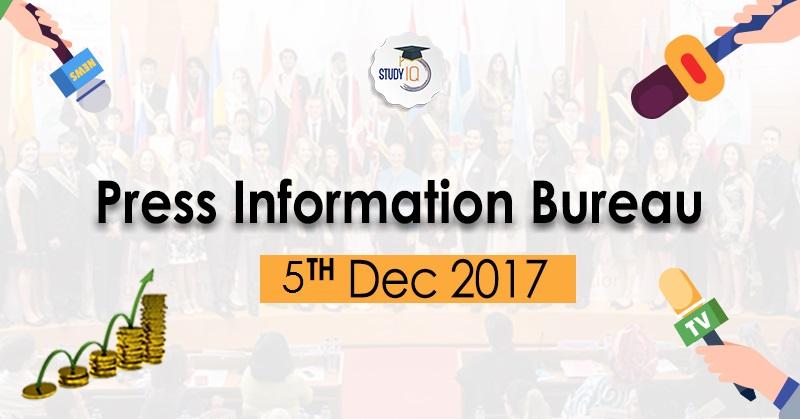ISA
- The ISA is an Indian initiative
- Jointly launched:
- Date: 30th November 2015 in Paris
- On the sidelines of COP-21, the UN Climate Conference
- at addressing obstacles to deployment at scale of solar energy through better harmonization and aggregation of demand from solar rich countries lying fully or partially between the Tropic of Cancer and Tropic of Capricorn.
- The Paris Declaration establishing ISA states that the countries share the collective ambition to undertake innovative and concerted efforts for reducing the cost of finance and cost of technology for immediate deployment solar generation assets.

- This will help pave the way for future solar generation, storage and good technologies for each prospective member countries’ individual needs, by effectively mobilizing more than US$1000 billion in investments that will be required by 2030.
- As of date, 46 countries have signed and 19 countries have ratified the Framework Agreement of ISA.*Signatory Countries (46)
Australia, Bangladesh. Benin, Brazil, Burkina Faso, Cambodia, Chile, Costa Rica, Democratic Republic of Congo, Comoros, Cote d’Ivoire, Djibouti, Cuba, Dominican Republic, Ethiopia, Equatorial Guiana, Fiji, France, Gabonese Republic, Ghana, Guinea, Guinea Bissau, India, Kiribati, Liberia, Madagascar, Malawi, Mali, Mauritius, Nauru, Niger, Nigeria, Peru, Rwanda, Senegal, Seychelles, Somalia, South Sudan, Sudan, Tanzania, Tonga, Togolese Republic, Tuvalu, UAE, Vanuatu, and Venezuela
*Ratifying Countries (19)
India, France, Australia, Bangladesh, Comoros, Cuba, Fiji, Guinea, Ghana, Malawi, Mali, Mauritius, Nauru, Niger, Peru, Seychelles, Somalia, South Sudan, and Tuvalu - In terms of its Framework Agreement, with ratification by Guinea as the 15th country on 6th November 2017, the International Solar Alliance (ISA) will become a treaty–based international intergovernmental organization tomorrow on 6th December 2017.

- HQ in India, has its Secretariat located in the campus of National Institute of Solar Energy, Gwalpahari, Gurgaon, Haryana.
- Programmes
1.Scaling Solar Applications for Agriculture Use
2.Affordable Finance at Scale
3.Scaling Solar Mini–grids
- ISA has initiated plans to launch two more programmes:
1.Scaling Solar Rooftops
2.Scaling Solar E–mobility and Storage
- ISA has also been developing a Common Risk Mitigating Mechanism (CRMM) for de-risking and reducing the financial cost of solar projects in the ISA member countries.
- Digital Infopedia which will serve as a platform to enable policy makers, Ministers and corporate leaders from ISA countries to interact, connect, communicate and collaborate with one another.
- India has offered to meet ISA Secretariat expenses for initial five years.
- In addition, the Ministry of External Affairs, Government of India has set aside US$2 billion for solar projects in Africa out of Government of India’s US$10 billion concessional Line of Credit (LOC) for Africa.
- Government of France has also earmarked Euro 300 million soft loan for solar related projects in ISA member countries.
- Annual gathering of the heads of government of the Shanghai Cooperation Organisation in Sochi, Russia.
- India and Pakistan’s entry in SCO marks a legendary achievement for the organisation as now it will represent the voice of 3 billion people.
- An event last week in Budapest, Hungary went entirely unreported in India.
- It was the annual summit of an organisation called C-CEEC that promotes cooperation between China and 16 Central and East European Countries. It is more popularly known as “sixteen plus one”.
- The 16+1 format is an initiative by the People’s Republic of China aimed at intensifying and expanding cooperation with 11 EU Member States and 5 Balkan countries (Albania, Bosnia and Herzegovina, Bulgaria, Croatia, the Czech Republic, Estonia, Hungary, Latvia, Lithuania, Montenegro, Poland, Romania, Serbia, Slovakia, Slovenia, Macedonia) in the fields of investments, transport, finance, science, education, and culture.
- In the framework of the initiative, China has defined three potential priority areas for economic cooperation: infrastructure, high technologies, and green technologies.
- Beijing is breaking down the idea that Europe and Asia are two different continents.
- More immediately, it is about the expanding Chinese economic and political influence in spaces that were once dominated by either the West or Russia.
- *There is indeed a Eurasia Division in India’s ministry of external affairs that deals with a significant part of the post-Soviet space.
- The old metrics of foreign policy purity in Delhi — distance from the West and solidarity with the East — make no sense as Chinese expansion and American retrenchment reshape the political and economic geography of Eurasia.
- Prime Minister Narendra Modi has put India back in play in the maritime world by accepting the Indo-Pacific idea. But Delhi is yet to come to grips with continental Eurasia.
- Focused as it is on bilateral relations with France, Germany and Russia, Delhi has neglected the European Union and ignored Central Europe.
- Correcting this imbalance is the first step towards a more purposeful Indian engagement with Eurasia.





















 WhatsApp
WhatsApp